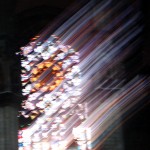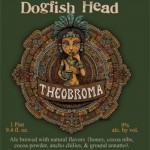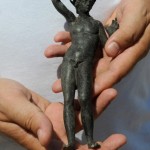In 1998 Christie’s auctioned off a pretty portrait of a young woman. Classified as a 19th-century German School work, it sold for a modest $21,850. The art dealer who purchased it sold it to a Swiss collector last year and the new owner did a little digging with the help of a collector friend.
The two collectors took the portrait to Lumiere Technology, a Paris-based company specializing in multispectral digital technology that had already digitized two works by Leonardo: the Mona Lisa at the Louvre and “Lady With an Ermine” at the Czartoryski Museum in Krakow, Poland.
“The first time that the owner gave me this drawing he didn’t say a thing; the author was secret,” said Pascal Cotte, Lumiere Technology’s chief technical officer.
Though Mr. Cotte carried out a series of tests on the work for nearly four weeks, he said, it did not take him long to come up with a name. “I went to the owner and said, ‘I have a feeling it’s a drawing by Leonardo,’ and he said, ‘We’re here for just that.'”
In June, Lumiere announced that its examination had led to the authentication of the work as a Leonardo.
Carbon 14-dating tests carried out by the Swiss Federal Institute of Technology Zurich and released this month place the work’s date between 1440 and 1650.
So what crack was Christie’s smoking, you ask? They won’t comment until the painting “has been the subject of comprehensive and conclusive academic and scientific analysis.” Which naturally leads one to wonder what exactly their small army of appraisers did with their time before the portrait went on the block.
Not that the Leonardo authentication is a done deal, mind you. There are some weirdnesses. The painting is on vellum, for instance, and no currently known Leonardo uses that medium. Some experts think the style doesn’t match the master’s.
Even so, the Swiss collector has already gotten an insane number of offers for the piece, including one for $50 million from a Russian buyer, all of which he has turned down.



